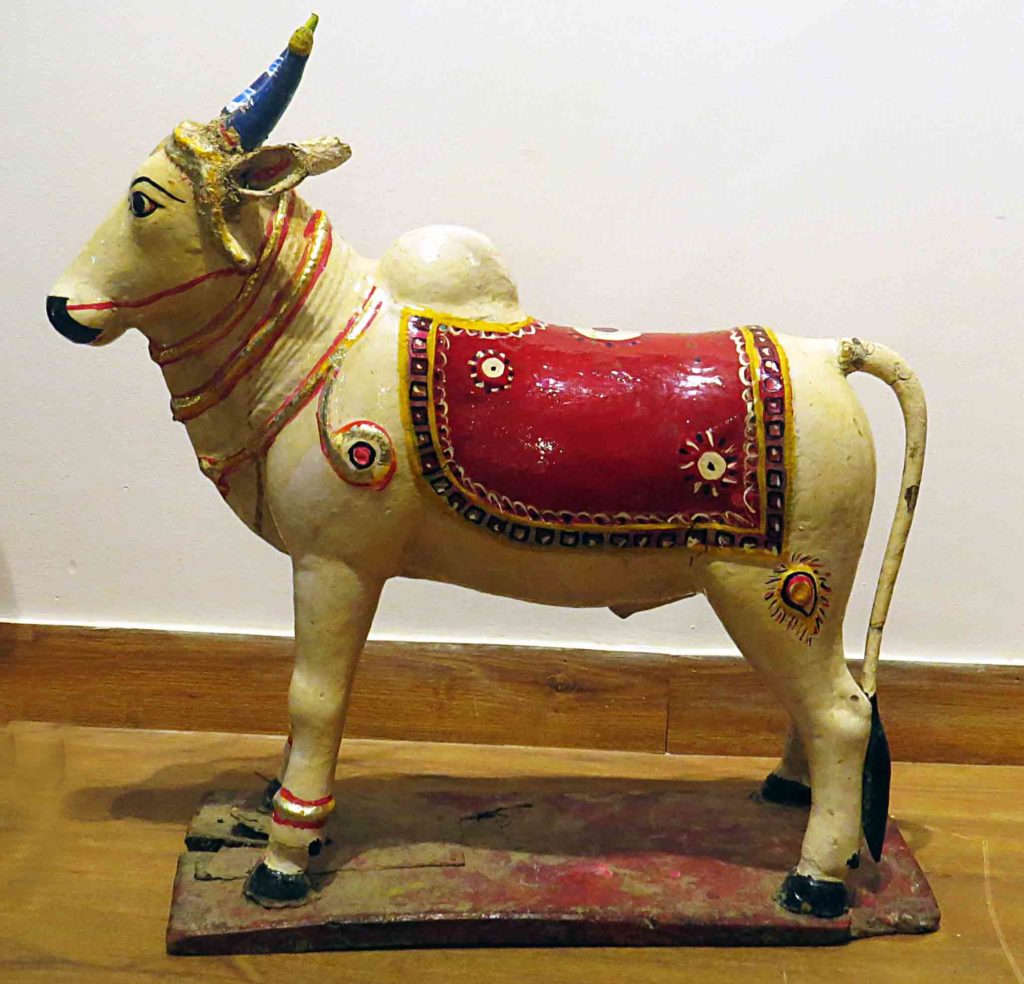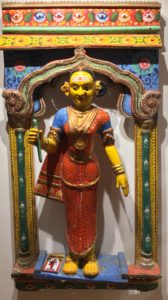Traditional dolls from Karnataka
Centuries old traditions continue to live in the south Indian state of Karnataka where temple adorning figurines are made part of festive processions and celebrations and allowed to spread their magic.
Artisans from the south Indian state of Karnataka have for long been preserving their traditions and cultures, and shaping them into colourful dolls. Crafted particularly in the Kannal village of Koppal district where idol-makers thrive, these dolls, locally called gombe, are part of many a local celebrations and festivals.
Gombes are idols or doll sized figurines of gods and goddesses, which are placed in the corridors of temples and never at the sanctum sanctorum, “For festive processions or other religious ceremonies, devotees take out the gombes and not the main idols of a temple,” explains Neelam Malhotra of Art Konsult, an art gallery in New Delhi.
Also called garudi gombe or magical dolls, some of these art pieces are also crafted in the manner of a dress that can be adorned by participants of processions, and for performing a folk dance, which is also called garudi gombe.
Made of aged jackfruit tree wood or halsa mara and also of fabrics, mud, cow dung, gombes are crafted to resemble the icons of worship with rather sharp features and colourful representations adding a sense of life to them. “The outer most layer on the wooden figurines is that of paper mache, which is coated with enamel or acrylic paint to give it a nice sheen,” Malhotra tells us.
Part of the religious celebrations, a lot of thought is put into the making and preservation of the gombes, which are representation of mythological characters.
“Mostly an entire family of artists works on a set of dolls, which can be distinguished from another set of dolls made by some other family; each set has something unique about it, although they are made keeping in mind the conventional look of a god or goddess,” Malhotra explains us. “Once placed in a temple, they are there only as long as in good shape and are religiously discarded once they wear off, as it is considered inauspicious to keep one of this nature in a temple or even at home,” she explains while talking about the preservation of gombes.
These discarded idols or masks are then the first ones to be taken out for processions or festivals.
Carved in the form of characters from mythological stories, the gombes represent many figures common even in culture and folk tales from north India, with only slight changes in how they are represented. “Lord Vishnu, for instance is represented in a shade of blue in north India, but the south Indians have him painted in light pink,” Malhotra shares.
Other mythological figures seen in gombes include lord Shiva, lord Karthikeya, lord Brahma and also dwarpalikas (female guardians) and yalis (sculptures of powerful animals such as horses, lions or elephants that are portrayed as one) that are both gatekeepers of temples.
Centuries-old, the custom of garudi gombe and the folk dance is still performed during major festivals like the Mysore Dasara, which sees crowds of tourists come to Karnataka and witness the grand spectacle.












